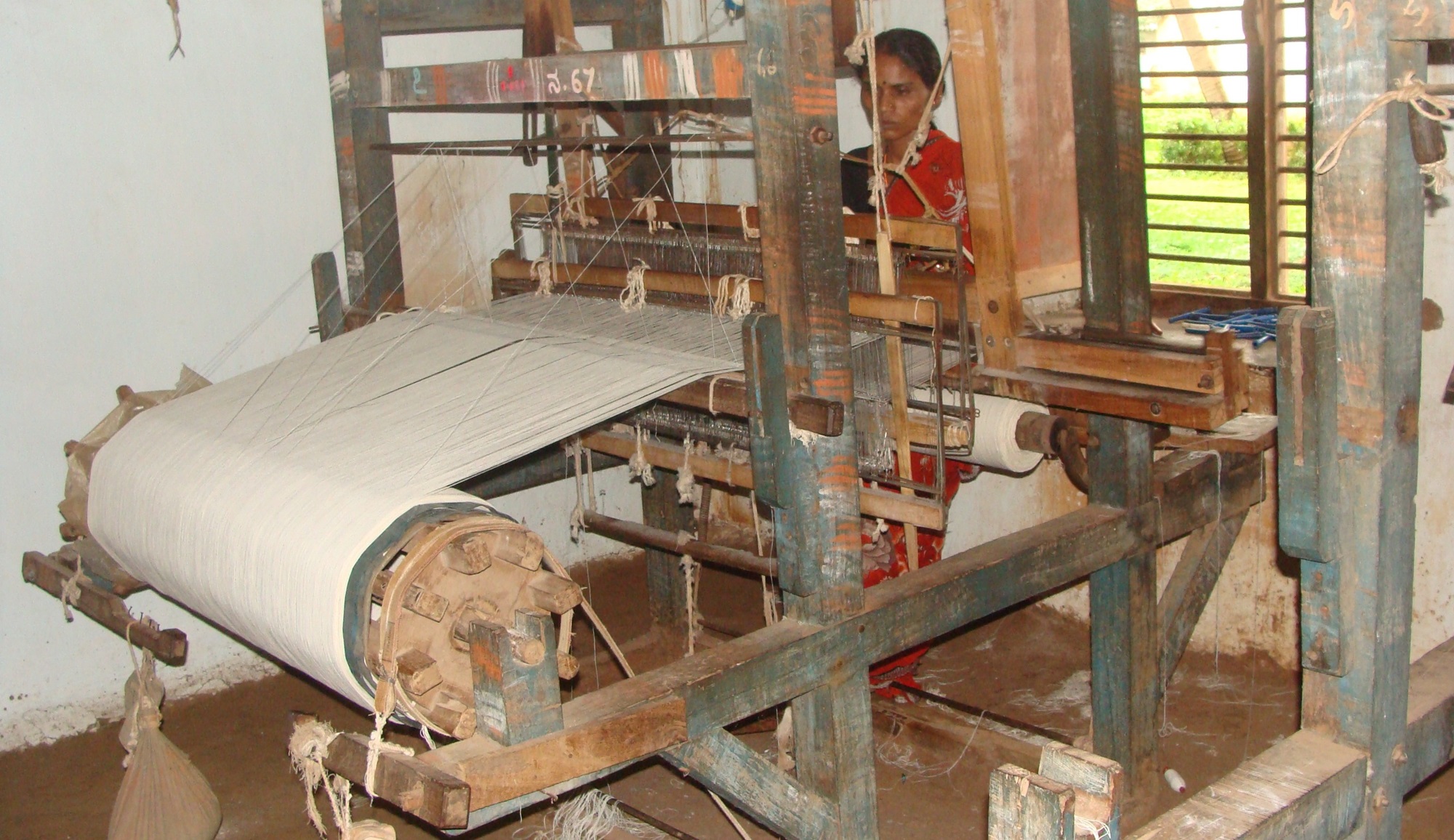
Reviving Handloom Weaving Of India's Finest Khadi

In the eastern part of India, especially Bengal, weavers have long been renowned for their mastery in handloom weaving with the finest count of hand-spun cotton yarn. However, these intricate arts are now on the verge of extinction. At Anuprerna, we stand at the forefront of efforts to revive these beautiful yet complex crafts by collaborating closely with experienced weavers.
INTRODUCTION

ORIGIN OF KHADI HANDLOOM WEAVING
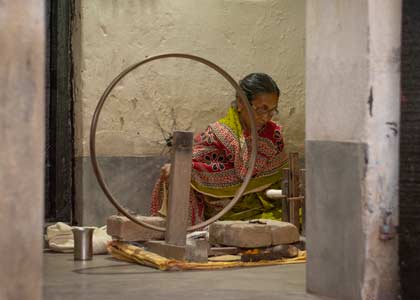
India has a rich handloom history of producing the most beautiful textiles. Khadi is one of them. The word ‘Khadi’ is derived from ‘Khaddar’, a term for handspun and handwoven fabric in India. When handspun yarn of count higher than 150, gives rise to a finer quality called Muslin. According to researchers this superior quality variety of cotton fabric is said to have originated in East Bengal.
THE DOWNFALL OF FINE KHADI
Phuti Karpas (Gossypium arboreum var. neglecta) was the cotton plant used for weaving this fine khadi. Its fibres are said to be the silkiest and responsible for the fine and delicate characteristics of the fabric. However, it could only grow natively.
Pre-Independence, heavy taxes were imposed on Handloom fabric along with the introduction mill produced cotton fabric. These factors compelled the weavers to resort to other means of livelihood.
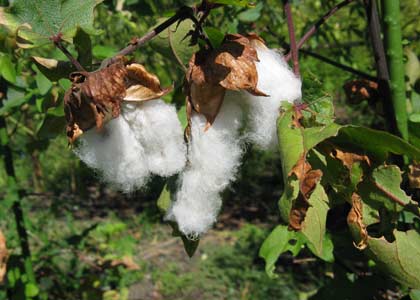
EXPLORE MORE
Khadi Movement in India was started by Mahatma Gandhi. During the Swadeshi Movement of India, he reintroduced handspun & handloom,handweaving of fabric and popularised it as Khadi, which came to be known as the Khadi Movement. But Post Independence, there was a lack of market and demand due to competition from cheaper mill manufactured textiles. This made it difficult for the craft to be re-established.
Coupled with challenges exclusive to the finest handloom Khadi, the craft of 500 count and other fine quality of Khadi faced its downfall.
REVIVAL OF THE FINE INDIAN HANDLOOM

The spinning & handloom weaving process of such a fine variety of khadi is an interesting as well as a labour-intensive process. The yarns are so fine, that they can easily break if weavers are not experienced. It can take up to 10 years for an artisan to learn how to spin a 500 or 1000 count of Khadi. Several other factors influence the process such as the humidity which prevents the yarn from drying out and breaking, as well as the eyesight of the weavers.
At Anuprerna, we are in a continuous endeavour to revive and keep alive such beautiful & complex Indian handloom fabrics such as the 500 count fine Khadi by working with experienced weavers.
THE PROCESS OF MAKING THE FINEST INDIAN HANDLOOM
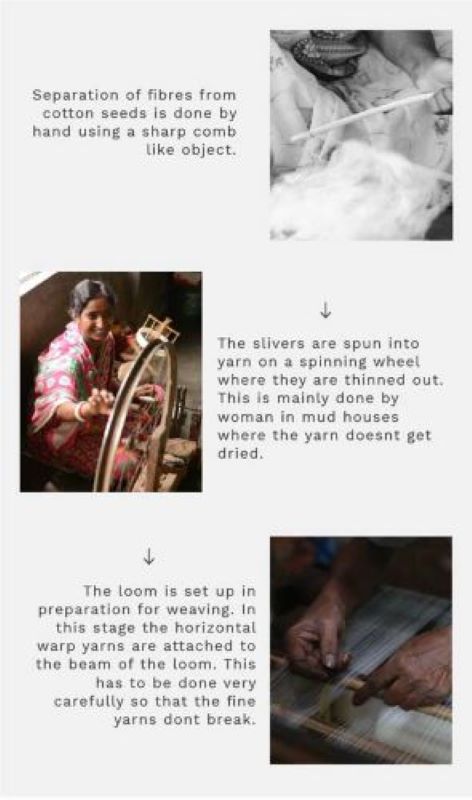
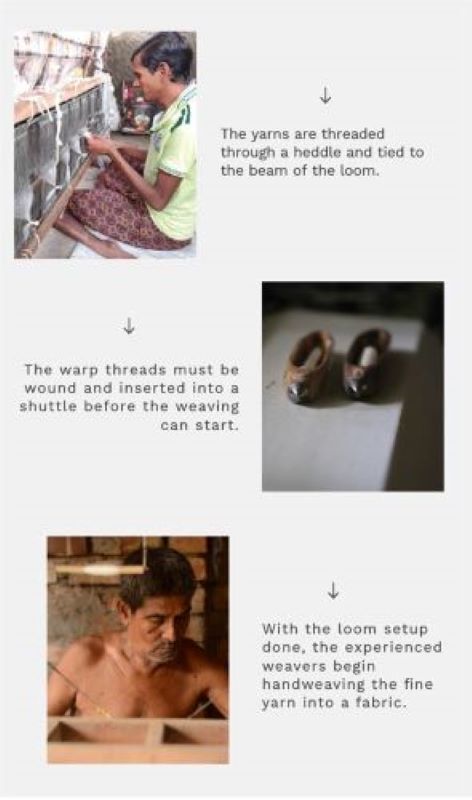
related questions
How can we revive the handloom industry?
arrow_drop_downHandloom industry can be revived by investing in artisan skill development, providing financial aid, and integrating technology for efficiency. Implement supportive policies, promote market access, and raise awareness about the cultural and environmental importance of handloom products. Encourage sustainable practices and foster collaborations between stakeholders for a comprehensive industry revival.
What is the cultural significance of khadi in India?
arrow_drop_downKhadi holds immense cultural significance in India as it symbolizes the country's struggle for independence led by Mahatma Gandhi. Woven by hand, it represents self-reliance, rural empowerment, and a rejection of mass-produced textiles. Khadi embodies simplicity, sustainability, and the spirit of non-violence, reflecting India's cultural identity and commitment to traditional craftsmanship.
How many types of khadi are there?
arrow_drop_downKhadi is a handspun and handwoven fabric, and while there isn't a strict classification of "types" like in industrial fabrics, different regions and weaving traditions in India produce variations of khadi. The texture, thickness, and patterns may vary based on the specific weaving techniques and materials used. However, broadly, there isn't a standardized categorization of khadi into distinct types. It remains a versatile fabric, adaptable to various styles and uses across the country.
Who promoted khadi in India?
arrow_drop_downMahatma Gandhi promoted khadi in India as a symbol of self-reliance and resistance against British industrial products during the freedom movement.
More Blogs
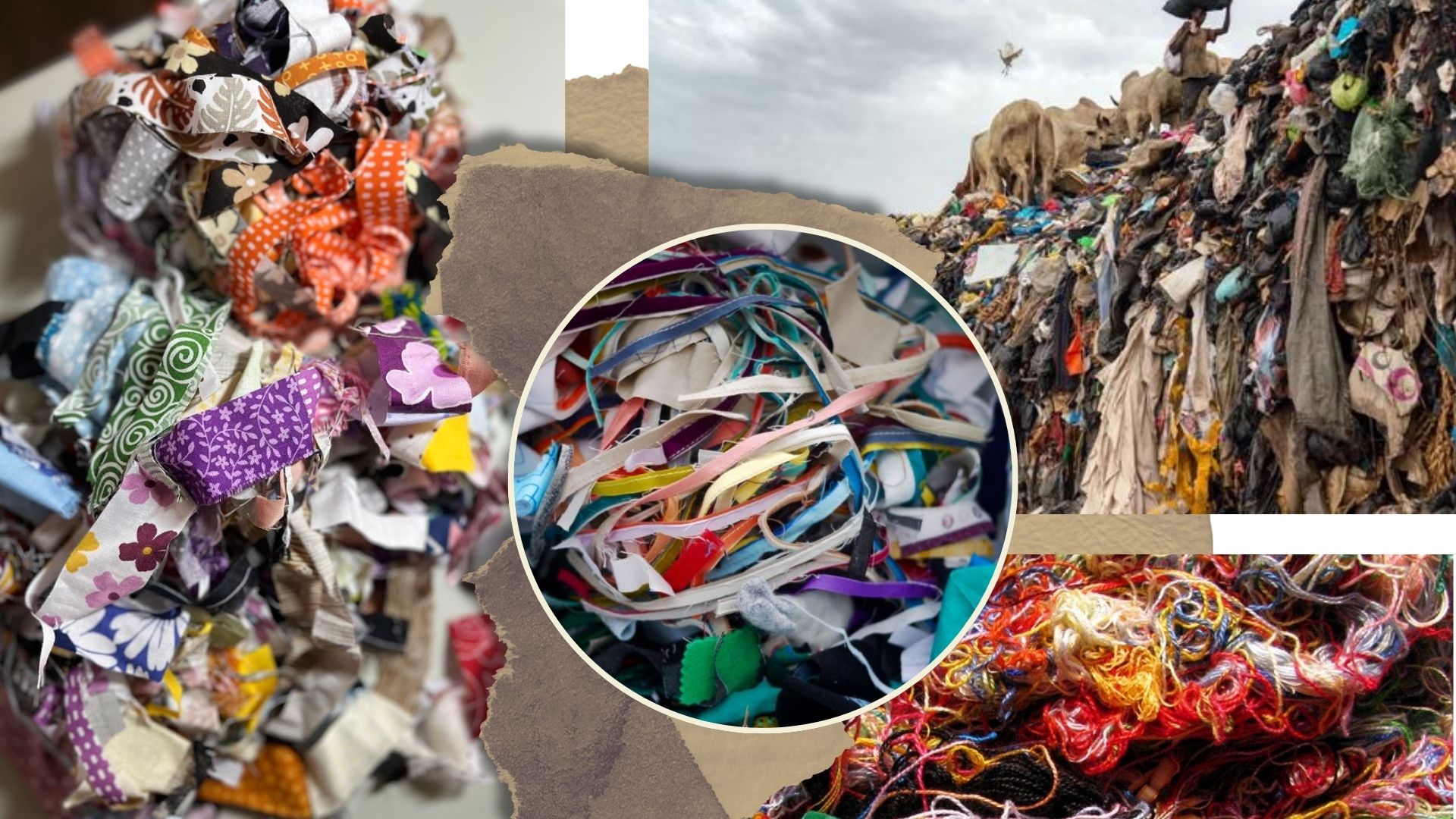
the scrap fabric solution, from clutter to creation

the art of sustainable recyclability
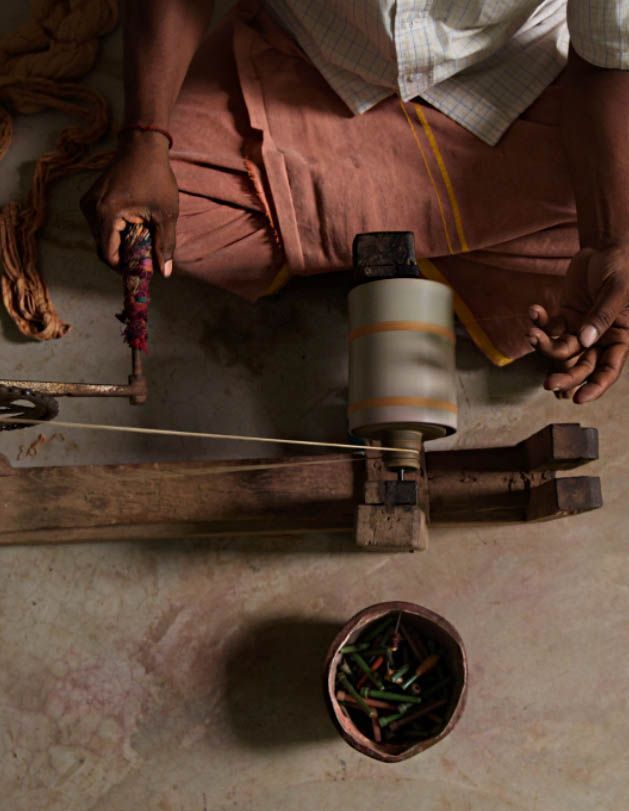
indian handloom in contemporary world
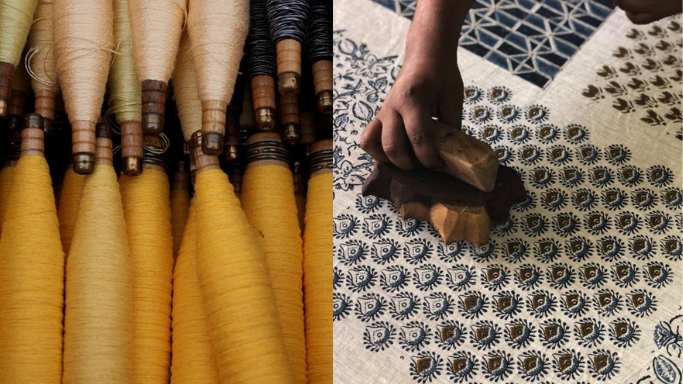
sustainability through handloom manufacturing
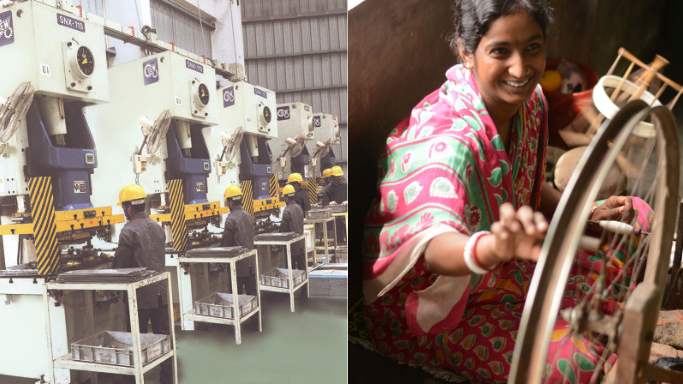
how to identify handloom fabrics in a powerloom world
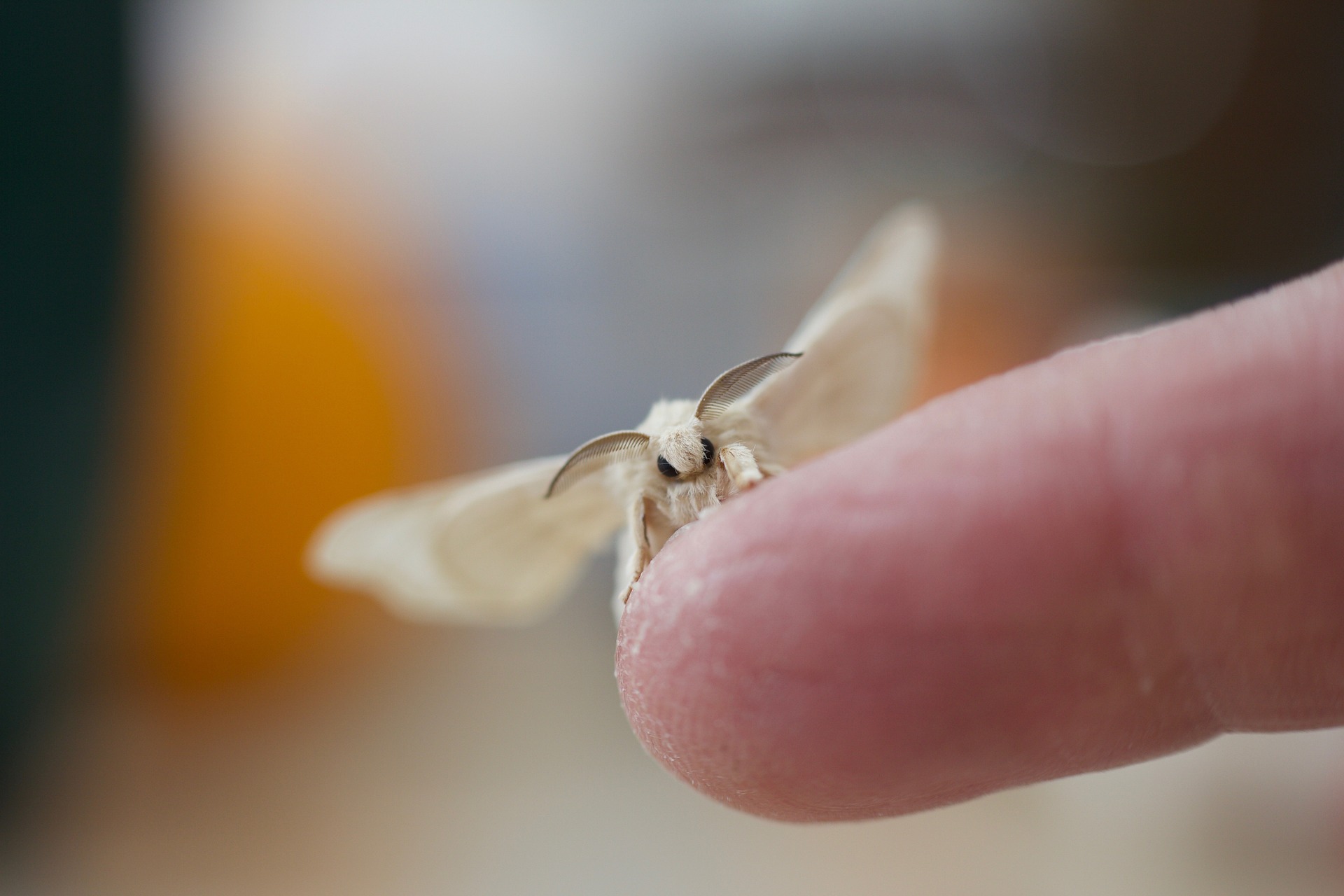
ketia silk - a peace lover






